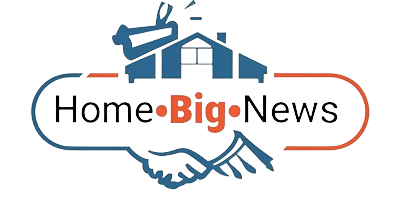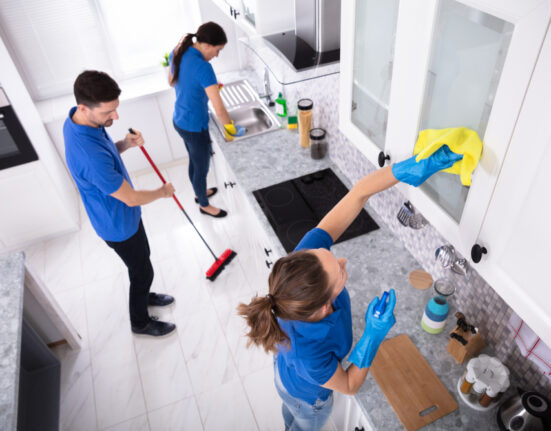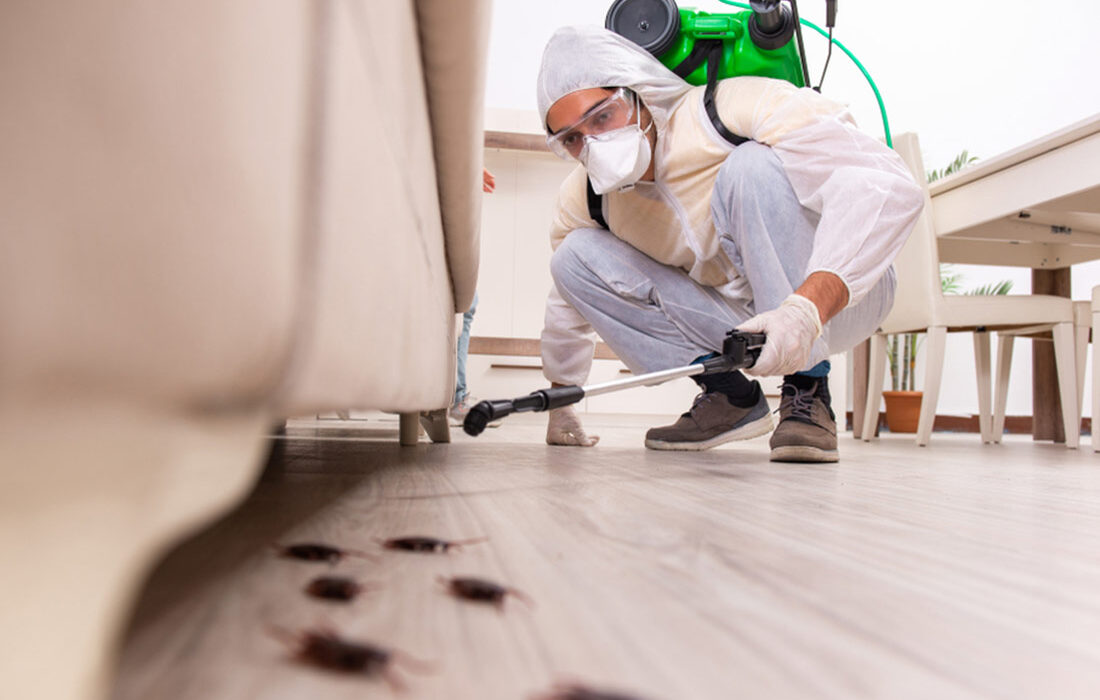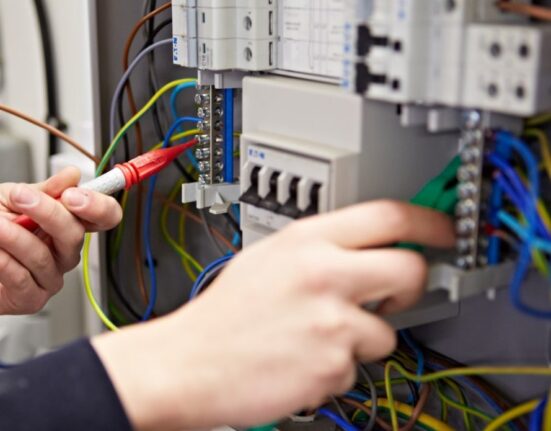The goal of pest control is to reduce or eliminate a variety of unwanted insects and other pests from areas where people live. It is a necessary procedure to keep the surroundings clean and hygienic.
Any type of pest infestation can be incredibly unpleasant. If left untreated, it can cause thousands of dollars in damage, destroy your quality of life, and jeopardize your family’s health. Attempting to treat these problems on your own can exacerbate matters.
If you’re wondering “What is pest control?” and want to make an informed choice, read on to find the answers to all your questions.
What Is Pest Control?
The process of controlling and removing pests that endanger agriculture, human health, ecosystems, or property is known as pest control. These pests are a diverse group of organisms that include rodents, birds, and insects. The main goal of pest management is to lessen the detrimental effects that these organisms may have on daily life and human health.
While many pests can be harmful to people’s health when found in homes, businesses, or food preparation areas, it’s also important to consider the role these pests play in larger food chains and ecosystems. As a result, rather than being completely eradicated, certain pest populations are “controlled”.
Is Pest Control Necessary?
Although many homeowners decide to handle pest control themselves, hiring a pest control service is not out of the ordinary for homeowners or businesses as this process typically calls for professionals who are equipped with the right tools and are specially trained to eradicate pests from properties.
Expert exterminators can also handle the presence of pests that could seriously harm the property’s structure in addition to the common pests that might look for food and shelter inside the building.
What Is Involved in Pest Control?
Sustaining a healthy and pest-free environment requires an understanding of the elements of comprehensive pest control. A methodical approach is used in pest control to locate, stop, and get rid of pests that could endanger people’s health or property.
Down below are the essential aspects of an all-inclusive pest management program:
Inspection and Identification
To determine the type of pests present, their entry points, and the extent of the infestation, a thorough inspection is the first step in the pest control process. This aids in creating a successful treatment strategy customized for the particular pest issue.
Proactive Steps
An essential component of pest management is prevention. Preventing pests from entering and flourishing in the environment can be achieved by putting door sweeps in, sealing cracks and crevices, and keeping the area clean.
Treatment and Eradication
Following the identification of pests, suitable control measures are implemented, which may comprise the application of chemical pesticides, natural and organic solutions, physical barriers, or a mix of these strategies.
Eliminating pests with the least number of negative effects on the environment and public health is the aim.
Monitoring and Conducting Follow-ups
To ensure that the treatment is effective, pest control is designed as a continuous process with regular monitoring. In order to evaluate the situation, spot any new infestations, and make the required modifications to the pest control plan, follow-up visits, and inspections are helpful.
Documentation
Appropriate documentation of pest sightings, treatment plans, and actions taken is another essential component of an extensive pest control program. This makes it easier to monitor the success of the control measures and makes it easier for clients and pest control experts to communicate.
What are the Methods of Pest Control?
To properly answer the question, “What is pest control?”, you must be aware of the various techniques used. There are numerous approaches to pest control, each tailored to deal with a particular type of infestation.
Here are some examples of different pest control methods:
Biological Pest Control
Biological eradication is the first method of pest control. Chemical pesticides are not as necessary when using this environmentally friendly method. It mainly involves managing pest populations by employing natural predators or parasites:
- Utilizing Beneficial Insects: To prey on or parasitize pest species, certain predatory or parasitic insects can be introduced into an environment. Aphid infestations, for example, can be managed by adding ladybugs to a garden. Among the helpful insects frequently employed for pest control are parasitic wasps, lacewings, and ladybugs.
- Utilizing Bacteria and Fungi: To target particular pests, specific strains of bacteria and fungi can also be used as biological control agents. These microbes may cause diseases in pests, tamper with their reproductive systems, or otherwise hinder their ability to survive.
- Introducing Pest-repelling Plants: One example would be the use of bulbs that, although undetectable to humans, emit an odor that moles find repulsive.
Depending on the pest, it can be an effective method; additionally, it is a chemical-free way to deal with pest issues. However, you must exercise caution when using this method of eliminating pests, as it could lead to an overabundance of the predatory species you introduced to manage the pests.
Physical Pest Control
Physical pest control methods include eliminating or demolishing nests, caulking gaps, windows, or doorways, controlling temperature to kill pests, and placing traps to capture and remove pests from the area:
- Using Traps: Using a variety of traps, this technique gets rid of pests from the impacted area. Simple sticky boards can be used as insect traps, or more intricate mechanisms can be used for rodents.
- Blocking/Sealing Access Points: This method stops pests from entering indoor spaces by finding and sealing entry points, such as gaps, cracks, and openings in structures. Cracks in walls, spaces around utility lines, and spaces around doors and windows are common entry points.
- Mechanical Extraction: This method entails physically eliminating pests from the surrounding area using techniques like sweeping, vacuuming, or picking with hand. Larger pests like birds or rodents are frequently removed mechanically, as is any debris connected to the pests.
There are some advantages to using physical pest control methods. For starters, it prevents the use of any hazardous chemicals that may harm people, plants, or animals in the vicinity. However, many people believe it is cruel to trap animals and remove them from their natural habitat, even when done with care for their health and safety.
Furthermore, there is no guarantee that this method will keep pests from returning to the original site of infestation.
Chemical Pest Control
When it comes to treating infestations, professional pest control services typically use chemical pesticides. These are chemical substances that poison and kill pests that consume or come into contact with them:
- Insecticides: These chemical substances are intended to cause physiological or neurological disruptions in order to kill insects. Insecticides are available in a variety of forms, such as dust, baits, and sprays, and they can be sprayed directly on pests or their environments.
- Rodenticides: Rodenticides are designed specifically to kill rodents completely or to poison them fatally in order to control rodent populations. These substances are frequently utilized in integrated pest management programs or in bait stations.
Chemical pest control is effective and produces quick results, particularly for larger infestations. However, excessive use can harm the environment. Humans, animals, plants, and even groundwater may be affected by this.
Furthermore, chemical pesticides are toxic and extremely dangerous if ingested by humans, so only certified pest control technicians should use them.
Organic and Green Pest Control
To improve safety and effectiveness, modern pest control companies are developing new products and services in response to the growing number of homeowners looking for eco-friendly, organic, and green pest control solutions.
These treatments are essentially preventative measures, and only the most knowledgeable pest control professionals will be able to apply them successfully in critical areas.
Some advantages of using organic and green pest control methods are:
- Reducing the carbon footprint.
- Healthier plants in the long run.
- Pests cannot develop resistance.
- The natural ingredients produce less odor.
- Children, pets, and other outdoor animals will be safer.
For those who care about the environment, organic pest control products are a great substitute for chemical pest control because they are completely made of natural ingredients that are safe for people, pets, and the environment.














